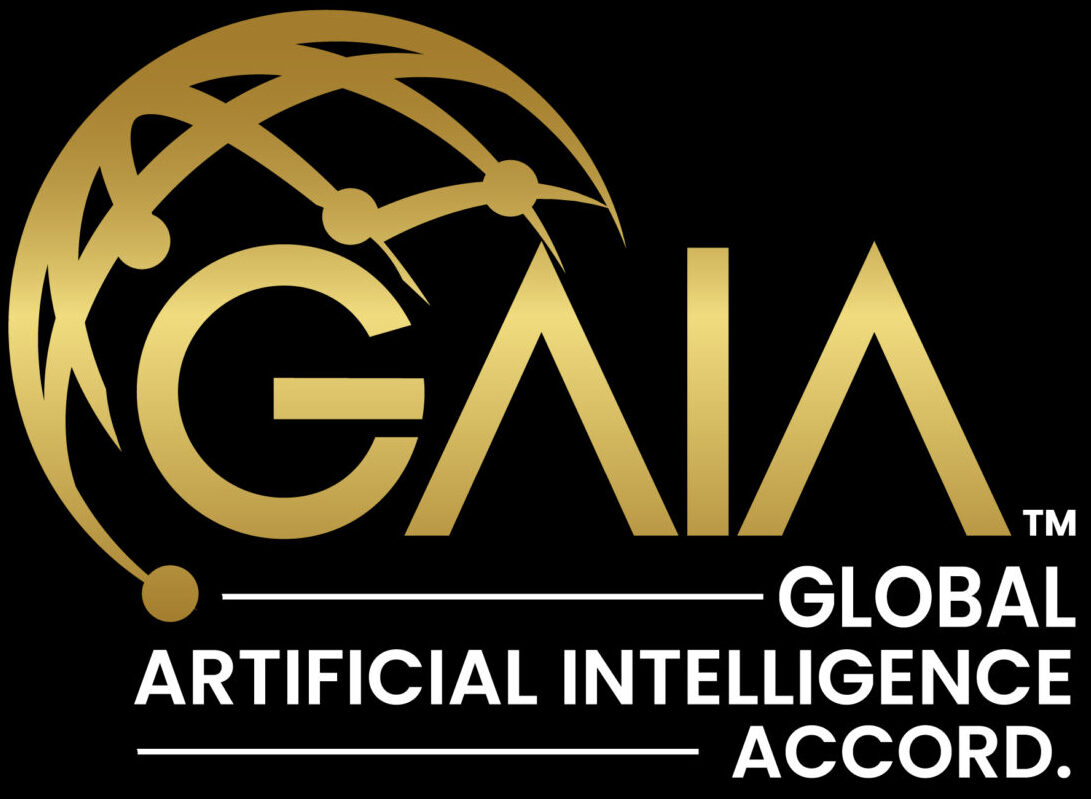Computer & AI Developments

In today’s highly competitive computer and AI market, nearly all advancements in computer science will-should-can be used for the furtherment or even betterment of AI development. Of course, just as one would expect. Are we there yet? No, but we’re getting closer.
And even though the many associated companies like to tout their new wares, their various developments and breakthroughs, the truth is that even while many new, even fantastic technologies are now being developed, it is also not true that any new computer technology by default, automatically leads to Artificial Intelligence. It does not.
Yes, computer technology marches forward on an ever-expanding basis, on virtually daily. However one cannot just merely assume that the various new developments in computing by default create standalone AI. They do not.
Below is a reprint of a new breakthrough type of ‘optical” processor made in China. We would like to draw your attention to the multiple references is has to AI. It would be important to note that, for as many times that AI is referenced, the fact is that the chip development is NOT AI by itself. The new chip can and will be applied to furthering the AI agenda, as a step towards ‘creating AI’, but is itself is not Artificial Intelligence.
“China’s Taichi-II Chip: World’s First Fully Optical AI Processor Outperforms NVIDIA H100 in Energy Efficiency
Beijing researchers have unveiled the Taichi-II chip, the world’s first fully optical AI processor, which outperforms NVIDIA’s H100 in energy efficiency.
In a remarkable advancement for artificial intelligence (AI) technology researchers from Beijing have introduced the world’s first fully optical AI chip, known as Taichi-II.
This innovative chip has set new standards in energy efficiency, surpassing NVIDIA’s renowned H100 GPU by a significant margin.
- Fully Optical:Unlike traditional chips that rely on electronic signals, Taichi-II operates entirely on light, leading to significantly reduced energy consumption.
- Energy Efficiency:The chip boasts a remarkable six orders of magnitude improvement in energy efficiency compared to conventional methods in low-light imaging scenarios.
- Performance:In addition to energy efficiency, Taichi-II has shown a 40% accuracy boost in classification tasks compared to NVIDIA’s H100.
- FFM Learning:The chip utilizes a novel training method called Fully Forward Mode (FFM) learning, enabling parallel processing directly on the optical chip.
Taichi-II: A New Era in AI Technology
The Taichi-II chip represents a major leap from its predecessor, the original Taichi chip, which had already set impressive records for energy efficiency.
Earlier this year, the Taichi chip demonstrated energy efficiency surpassing NVIDIA’s H100 GPU by over thousandfold.
The newly unveiled Taichi-II builds on this achievement with further advancements that enhance performance across various applications.
Developed by Professors Fang Lu and Dai Qionghai from Tsinghua University, the Taichi-II chip was officially revealed on August 7, 2024.
This breakthrough promises to transform AI training and modeling with its cutting-edge optical technology.
The Advantages of Optical Computing
Unlike traditional electronic-based AI training methods, the Taichi-II chip utilizes optical processes, which drastically improve efficiency. The shift to optical computing is a significant breakthrough, allowing Taichi-II to handle complex computations with unprecedented energy efficiency.
Key advancements of the Taichi-II chip include:
- Training Speed: The chip accelerates the training of optical networks with millions of parameters by an order of magnitude.
- Accuracy Improvement: Classification tasks have seen a 40% boost in accuracy.
- Energy Efficiency: In low-light imaging scenarios, Taichi-II’s energy efficiency has improved by six orders of magnitude.
These enhancements set a new benchmark for
AI hardware, highlighting the chip’s potential to revolutionize the industry.”
The reader must come to appreciate that when considering business ventures or even investments with companies such as this, a person needs to understand what is real and what is promotional. One day, true, stand-alone AI might be possible, but we have not yet crossed that Rubicon. There are still yet specific challenges which still must be met to see real AI.
While it is interesting to see such an advanced chip being produced, we would also direct your attention to the Photonics spectra web site review, which states:
“…developments in the field of AGI impose strict energy and area efficiency requirements on next-generation computing. Poised to break the plateauing of Moore’s Law, integrated photonic neural networks have shown the potential to achieve superior processing speeds and high energy efficiency. However, it has suffered severely limited computing capability and scalability such that only simple tasks and shallow models have been realized experimentally…” In other words, some things are great and some things, not so much.

